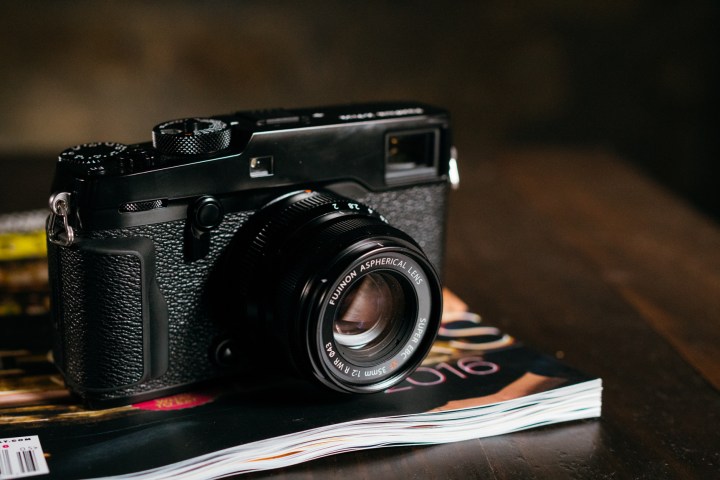
Sorry, X-Pro users, but it looks like that’s a great big nope, according to an interview Fujifilm executives gave to DPReview.
The difficulty with 4K video, as many Sony mirrorless users have found out, is heat management. The X-T2 has a heat sink to help mitigate the risk of overheating, a physical component the X-Pro2 lacks. Even with the heat sink, 4K clips are limited to 10 minutes on the X-T2, unless the optional Vertical Power Booster grip is attached. Presumably, implementing
The interview also revealed that the X-T2’s added weight over the X-T1 is apparently a result, at least in part, of that heat sink. This potentially offers some evidence for why many smaller mirrorless cameras either don’t include 4K video, or suffer from overheating, since light weight can be a major selling point.
4K video has not been an easy feature to implement for many manufacturers. Nikon put it in the D5, but with a paltry three-minute clip limit. (In Nikon’s case, this wasn’t due to overheating, and the issue has since been fixed, more or less, with firmware.) Even Canon, a long-time leader in video cameras, only offers two DSLRs with
One company that seems to have skirted around most of the issues is Panasonic, perhaps because its smaller Micro Four Thirds sensors don’t generate as much heat, although this is speculation.
The X-T2 will begin shipping later this year for a price of $1,600. Fuji fans should definitely take a look at the full interview, which includes several other morsels of information about the X-T2 and the company, in general.
Editors' Recommendations
- Fujifilm X-T4 vs. Fujifilm X-Pro3: A difference in form and function
- Fujifilm X-T4 vs. Sony A6600: Top APS-C mirrorless cameras compared
- The Fujifilm X100V is loaded with tech it doesn’t need — and that makes it great
- Fujifilm X-T3 vs. Sony A6600: Flagship APS-C mirrorless cameras compared




